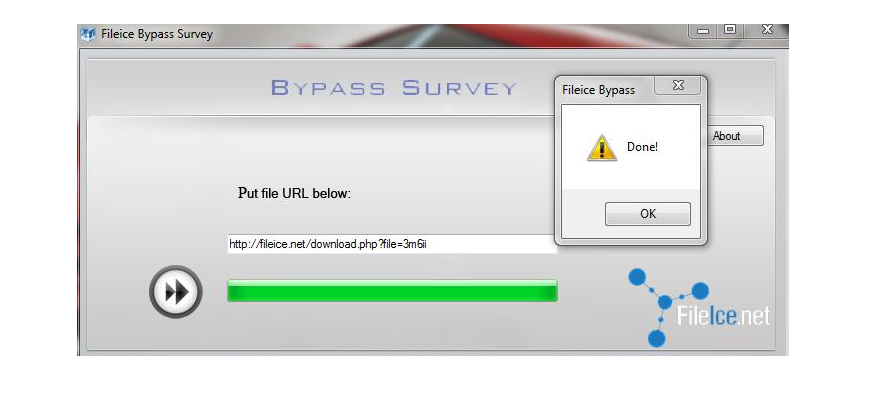
The majority of reported events occurred within the 5-year intervals of 2001–2005 (n=169) and 2006–2010 (n=307), but extended from 1972 to 2013 ( figure 1C).Īdverse surgical procedures-unintentional cut, puncture or tear Patients (346) and relatives (332) primarily filled out the surveys, the remaining respondents being friends (10), healthcare professionals (6), a patient advocate and a pastor. Of those who filled in the male/female category, more females reported adverse events (n=394) than males (279). The number of respondents closely correlated with each states population (r=0.966, figure 1A) and encompassed patients ranging from age 2 to 90 years (mean age 54.9☒0 SD) ( figure 1B). Respondents were predominantly from the USA (681/696) and from every state except North Dakota. The coalition is a 501(c) charitable organisation.

Subsequently recruits were obtained through the EPC website, an organisation founded in 2009 as a consumer and advocate-led effort to inform, engage and empower the public to assume a greater role in their own medical treatment, and to become a driving force for meaningful healthcare reform.

Participants were first recruited via email using the email contact list of the Safe Patient Project, a Consumers Union sponsored organisation that recruits patients and patient advocates to work to improve the safety of medical care. To this end we created and administered a voluntary online survey (see online supplementary file). As patients 24 and family members 25, 26 of patients who have been harmed by preventable adverse events, we wanted to more broadly and systematically capture the patient perspective on the issues surrounding adverse medical and surgical events, as well as document the perceived impact these events have on patients and their families.

Systematic patient-initiated data collection on medical errors is rare. 11–20 Previous work comparing patient reports of medical errors to hospital records reveal that patients are able to accurately identify preventable adverse events, and many of the events they report are not captured by the hospital incident reporting system or recorded in the medical record. 1 The consequences of medical harm are profound, and many patients and family members have described their personal stories on websites 2–10 and in books. The incidence of avoidable medical harm remains high in healthcare settings.


 0 kommentar(er)
0 kommentar(er)
